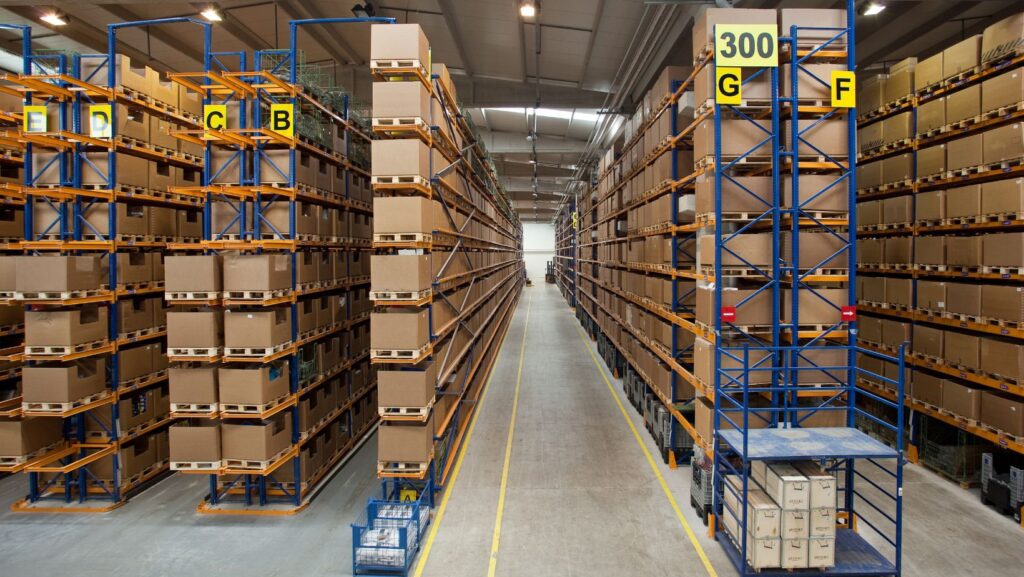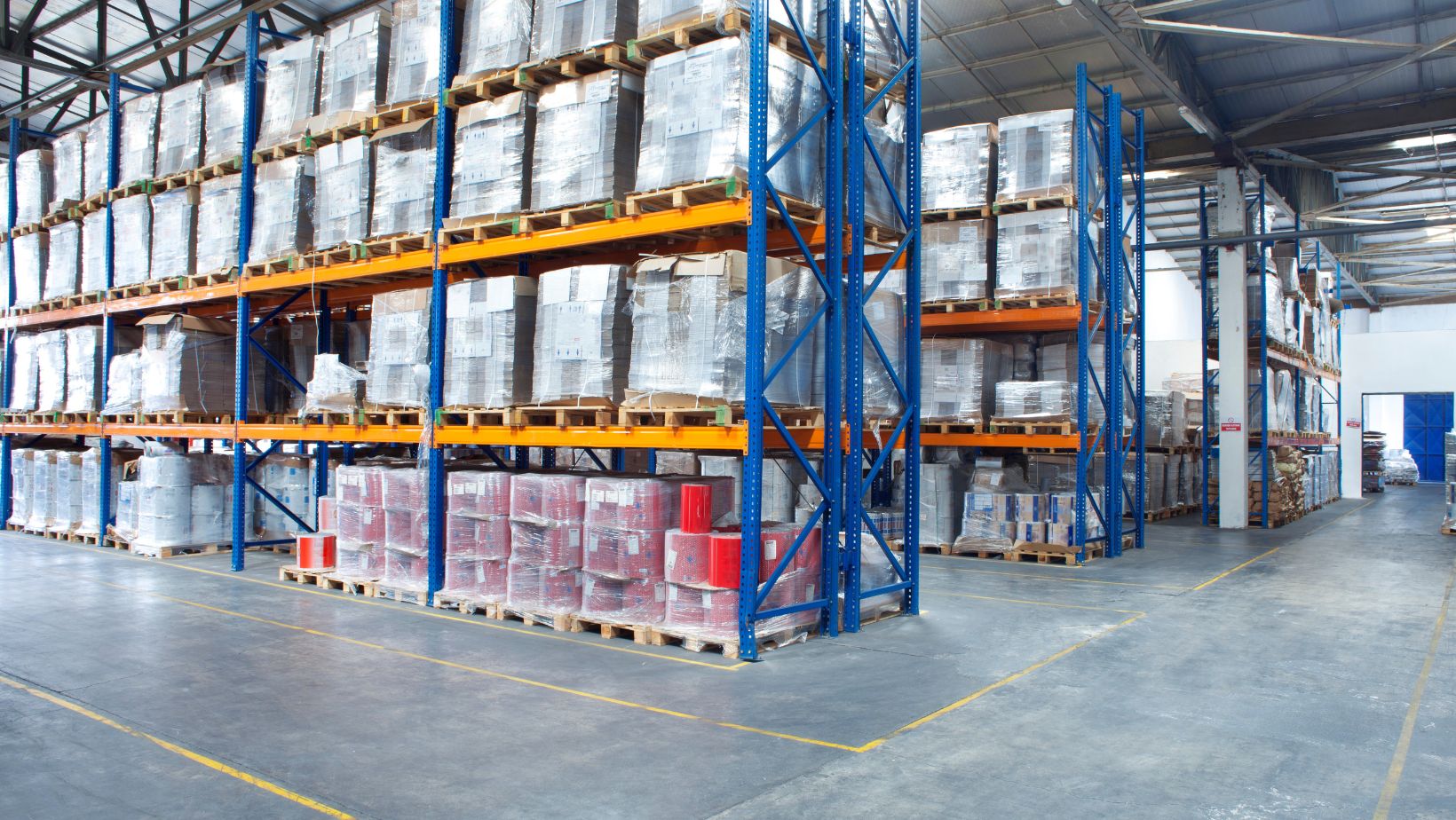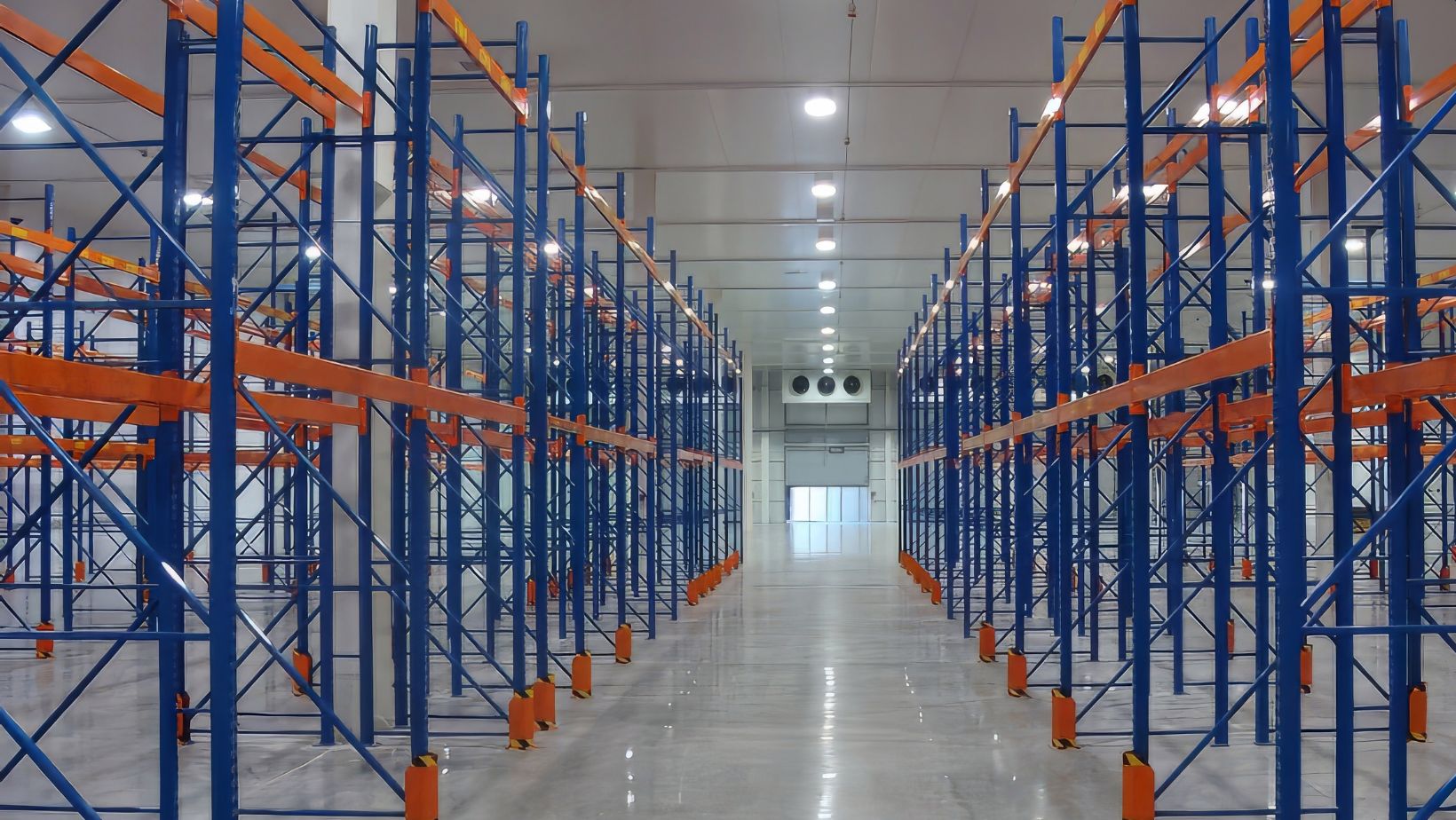
In a world where nearly one-third of all food produced is wasted, reducing food loss across the supply chain has become an urgent global priority. From production sites to supermarkets and restaurants, the path from farm to fork is filled with opportunities—and challenges. Among the most powerful tools in the fight against spoilage and inefficiency is the cold storage container. This humble piece of equipment is emerging as a game-changing solution in both developed and developing economies alike.
A cold storage container is not simply a box that keeps food cold. It is a mobile, scalable, and increasingly intelligent piece of technology that bridges the gap between harvest and consumption. By offering flexible temperature-controlled environments, these containers are preserving freshness, extending shelf life, and helping producers, distributors, and retailers dramatically reduce waste. Let’s explore how cold storage containers are reshaping food systems and playing a vital role in the global mission to reduce food waste.
Protecting Fresh Produce at the Source
Food waste begins not in the supermarket, but on the farm. For perishable items such as fruits, vegetables, and dairy products, the window between harvest and spoilage is extremely narrow. One of the biggest contributors to food loss at the production stage is the lack of proper temperature control immediately after harvest. This is where the cold storage container makes a powerful impact.
By deploying mobile cold storage units directly to farms, especially in rural or under-resourced areas, producers can cool their produce within minutes of harvest. This rapid cooling slows down the natural degradation processes caused by heat, light, and microbes. In areas where access to fixed cold storage infrastructure is limited, these containers provide a portable, plug-and-play solution that can be powered by generators, solar panels, or the grid.
The result is a significant reduction in early-stage spoilage. Farmers gain more time to sort, pack, and distribute their goods without a drop in quality. Ultimately, more food makes it to market in a sellable condition—and less is left to rot in the field.
Bridging the Gaps in the Rural Cold Chain
In many parts of the world, particularly in regional or remote agricultural areas, the cold chain is fragmented or nonexistent. Perishable items may be harvested under the sun, loaded onto unrefrigerated vehicles, and transported over long distances before reaching a storage facility or distribution centre. This exposure to heat and time is one of the primary causes of post-harvest food loss.
Cold storage containers provide a versatile link in this broken chain. Farmers and cooperatives can use them as on-site storage facilities, while logistics operators can position them along transit routes to provide rest stops for produce en route to market. Because they are modular and mobile, these containers can be leased, relocated, or installed seasonally based on crop cycles or harvesting volumes.

This ability to plug the cold chain’s weak points without massive capital investment is one of the reasons cold storage containers are becoming essential in national and regional food waste reduction strategies.
Preserving Nutritional Value and Food Quality
Food loss isn’t just about quantity—it’s about quality. Perishable goods, particularly fruits, vegetables, dairy, and seafood, rapidly lose nutritional value when stored at improper temperatures. Even if the food still looks edible, its vitamin content, texture, and flavor may be compromised, making it less desirable to consumers and more likely to be discarded.
A cold storage container maintains a consistent, optimal temperature that slows down enzymatic and microbial activity, thereby preserving the food’s integrity. Some containers are even equipped with humidity control, air filtration, and remote monitoring systems that help maintain precise conditions tailored to specific types of food.
This quality preservation matters not just for consumer satisfaction, but also for food safety and shelf-life extension. When food arrives at its destination in top condition, retailers can keep it on shelves longer, and customers are more likely to consume it before it spoils.
Empowering Small and Medium-Sized Producers
Large agribusinesses and multinational distributors often have access to expansive cold chain infrastructure. But for small and medium-sized food producers—the backbone of many national food systems—access to cold storage has historically been limited by high upfront costs and logistical complexity. The cold storage container is changing that equation.

Available in a range of sizes and configurations, these containers allow smaller players to access commercial-grade cold storage on a flexible, affordable basis. Units can be purchased, leased, or shared cooperatively between farmers or market vendors. This levels the playing field and ensures that food quality isn’t solely determined by a producer’s access to infrastructure.
Enabling More Efficient Food Distribution Networks
Cold storage containers are also reshaping how food is distributed. Traditional logistics models often rely on large, centralized warehouses that require long-distance transportation. But as consumer expectations for freshness and speed increase—especially in urban areas—there’s growing demand for decentralized, nimble distribution models.
A cold storage container can serve as a temporary distribution hub close to consumer centers, allowing for faster and fresher last-mile delivery. For grocery retailers and online food services, this flexibility allows them to respond to surges in demand, pop-up markets, or seasonal peaks without overextending permanent infrastructure.
This decentralization also supports local sourcing initiatives. When food can be stored and distributed close to where it’s produced, the time between harvest and consumption shrinks—leading to fresher food, fewer losses, and a smaller carbon footprint.
Supporting Emergency Food Relief and Food Banks
Food waste reduction is not just about saving money—it’s about feeding people. In the UK alone, hundreds of thousands of tonnes of edible food go to waste each year while millions struggle with food insecurity. Food banks and surplus food redistribution organizations work tirelessly to bridge that gap, but one of their biggest challenges is storing and preserving perishable donations.
Cold storage containers provide a solution that’s both immediate and scalable. Food banks can use them to expand capacity during peak donation periods, such as holidays or harvest seasons. They can also be deployed to disaster zones or emergency shelters to store donated food safely and hygienically.
With portable, temperature-controlled storage on hand, organizations can accept a wider variety of food—especially fresh produce, dairy, and meat—that might otherwise be turned away due to a lack of refrigeration. In this way, cold storage containers help ensure that good food goes to people, not landfill.
Conclusion: A Cold Solution to a Hot Problem
The global food system is under increasing pressure to become more efficient, equitable, and sustainable. From climate change and supply chain disruption to rising hunger and waste, the challenges are immense. Yet the solution to one of the most pressing issues—food waste—may lie in something as seemingly simple as a cold storage container.
These versatile, scalable, and increasingly intelligent units are enabling stakeholders at every stage of the supply chain to preserve more food, protect its quality, and ensure it reaches those who need it. From farms to food banks, and from rural villages to urban markets, cold storage containers are proving to be one of the most impactful innovations in the modern food ecosystem. In the journey from farm to fork, keeping food cold has never been more important—and thanks to these mobile marvels, it’s never been more achievable.







